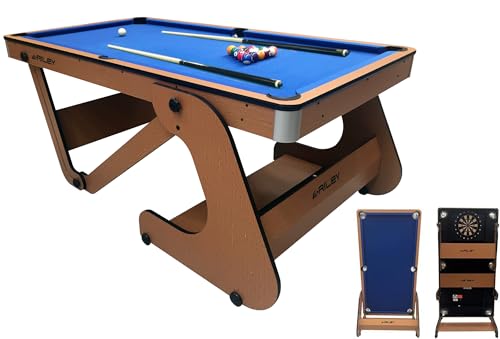The Origins of Snooker Tables
Snooker is a popular cue sport that originated in the late 19th century. The game was invented by British Army Officer Sir Neville Chamberlain during his time stationed in India. The origins of snooker can be traced back to a variation of billiards known as pyramid, which was played on a table with two wide-open pockets. Chamberlain saw the potential for a more challenging and strategic game and set out to create what is known today as snooker. He designed a new table with smaller pockets and added extra colored balls, creating a game that required precise skill and careful strategy.
The Evolution and Popularity of Snooker Tables
After its inception, snooker quickly gained popularity in England and spread to other parts of the world. The first official snooker tournament was held in 1916, and the game continued to grow in popularity throughout the 20th century. As the game gained traction, manufacturers began producing specialized snooker tables that catered to the unique requirements of the game. These tables featured pockets with narrower openings and tighter playing surfaces to create a more challenging playing experience. The materials used to construct snooker tables also evolved over time, with slate becoming the preferred playing surface due to its smoothness and durability.
Innovation and Advancements in Snooker Table Design
Over the years, there have been several innovations and advancements in snooker table design. One significant development was the introduction of electronic scoring systems, which eliminated the need for manual scorekeeping. This allowed players to focus solely on their game and reduced the chances of scoring errors. Another notable advancement was the introduction of adjustable height tables, allowing players to customize the height of the table to suit their preferences and playing style.
The Influence of Professional Snooker on Table Design
The rise of professional snooker in the mid-20th century had a significant impact on snooker table design. Professional players demanded tables that met specific specifications and provided a consistent playing experience. As a result, table manufacturers began producing tables that met the standards set by professional snooker organizations, such as the World Professional Billiards and Snooker Association (WPBSA). These tables often featured finer cloth and tighter pockets to replicate the playing conditions seen in professional tournaments.
Modern Snooker Table Design
In modern times, snooker tables have reached a high level of refinement and precision. The tables are constructed with precision-engineered slate playing surfaces covered in high-quality cloth, which provides excellent ball control and reduced friction. The pockets are meticulously crafted to strict dimensions to ensure a fair and consistent game. The advancements in technology have also allowed for the installation of heating systems beneath the playing surface, which maintains optimal playing conditions even in colder environments. These modern snooker tables are the result of decades of innovation and improvement in design, making them a true testament to the evolution of the game.






